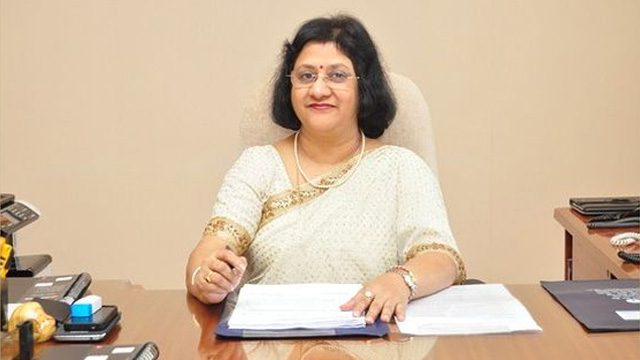We still have a long distance to cover, particularly in the vast society, whose outlook decides how women are observed and appreciated, counting in corporate life.
We hail the anointment of Arundhati Bhattacharya, the first women to drive India’s biggest lender, the State Bank of India. She joins the list of other women leading public and private sector banks in India, all of whom have been selected on merit and performance, and not because of their gender.
But in sectors other than banking, there is an absence of women in the top-most posts, which is outlandish and calls out to be fixed. We do not want a quota on company board spaces for women as that would be demeaning. What corporate India requires is consciousness that there is something called a glass ceiling for women, most likely right there in its own abode.
Other things being equivalent, gender must not come in the way of women’s growth to management posts. Rightly, Twitter is now under aggression, for falling short of multiplicity, being the only tech powerhouse lacking a female board member. And what drives home the disparity is the reality that there are more women users on Twitter than men.
Facebook came under analogous attack ahead of its IPO, but named a woman director soon after the public offering. Google, Apple, Microsoft, LinkedIn, Amazon and eBay, all have at least one woman designated to their boards. Certainly, multiplicity develops the quality of decision-making. Studies have shown that having women on board members provides authentic value addition to decision-making.
Reportedly, in India, women are less than 5 percent of the board members. The parallel number is 15 percent in the US and 12 percent in the UK. Norway has a law ordering 40 percent of board seats for women. Spain and France are likely to accomplish a similar mark by 2015 and 2016 correspondingly.
We still have a long distance to cover, particularly in the vast society, whose outlook decides how women are observed and appreciated, counting in corporate life.





